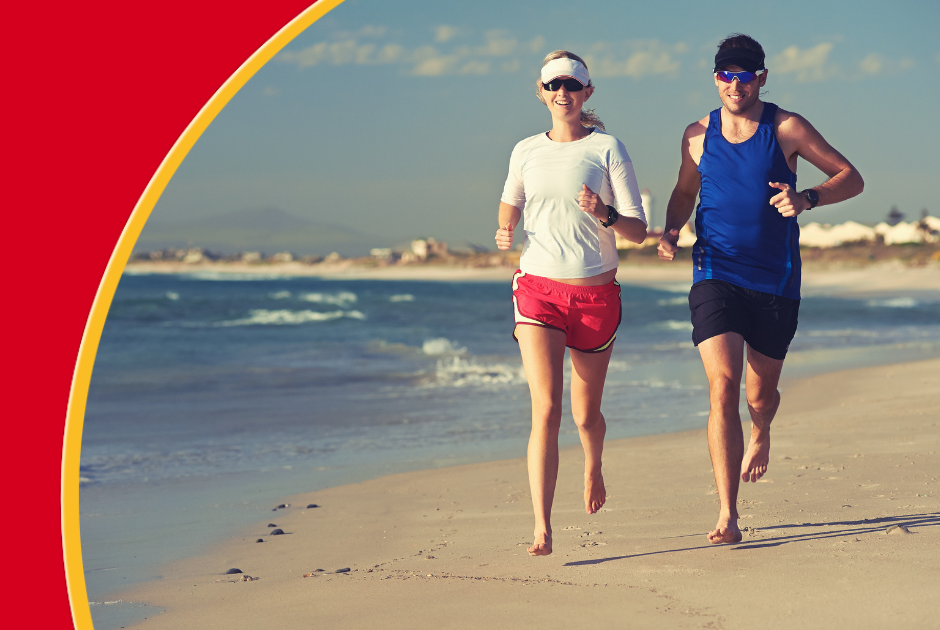Everything You Need To Know About Barefoot Running
Posted on 16th August 2022
While the idea of running barefoot may seem crazy at first, there are several advantages to incorporating barefoot jogging into your routine. Interested in doing the same or just want to know more? Get off on the right (bare) foot by learning all you need to know about barefoot running.
What is barefoot running?
Barefoot running is exactly what it sounds like. It's when you run without wearing shoes or other protective gear. It's easy to see how this might seem completely insane, especially during the harsh winter months, but there are so many benefits.
Running barefoot demands well-developed foot and calf muscles. However, when implemented properly, it can boost sensory feedback (proprioception) between your feet and the ground, leading to a stronger activation of foot and ankle muscles and, ultimately, the restoration of proper foot, knee, ankle, and hip mobility. Do you wonder why your joints click? Find out if it’s normal here.
Do your feet have to be bare?
We recommend not going barefoot unless you’re in a controlled or training environment such as on a track, indoors or on a private grass pitch. The perils of thorns, twigs, and sharp pebbles have only expanded with time, and now include broken glass, dog faeces, and hypodermic needles. Even the famous Tarahumara do not run barefoot, but instead in simple sandals.
Even though minimalist or barefoot shoes are vastly different from regular running shoes, many of them use the same technology to mimic the natural landing of bare feet. Some are extremely minimalistic and give your feet as much room as possible to move, while others are made to help you make the switch from running in shoes to running barefoot. This will help the gradual transition from shoe to no shoe. Read more about the benefits of including a foot massage in your routine.
Is it safe?
By carrying out strengthening exercises and wearing no shoes over a period of time, you’re less likely to develop knee/hip injuries whilst running due to your optimal biomechanics being restored.
However, as you can imagine, you are at a slightly higher risk of developing foot/ankle injuries due to wearing no protection underfoot.
So, when weighing up your options to see if this is for you, make sure that you:
Ask your local Fire & Earth therapist to assess your biomechanics to pick up any injury risk and resolve it prior to starting
Do your strengthening homework before running.
Gradually build up your exposure over a long period of time.
Listen to what your feet are telling you.
Only run barefoot in a safe and controlled environment.
If you’re ready to start or want to learn more, get in touch or book your appointment online here.
Tagged as: injury prevention, running
Share this post:

